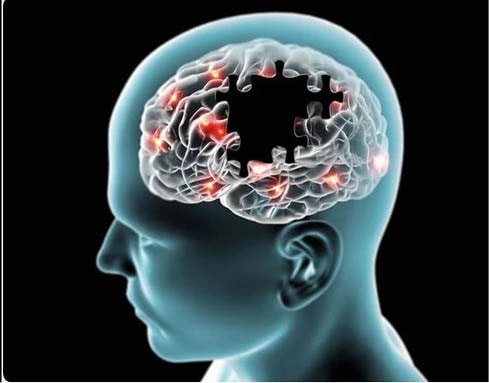Every 3.2 seconds, someone receives a diagnosis of Alzheimer’s disease. Researchers from the University of Washington developed an early Alzheimer’s prevention test to measure levels of amyloid beta oligomers in the blood.
While the test detected oligomers in those already experiencing mild cognitive impairment (MCI) or Alzheimer’s disease, it also picked up the presence of oligomers in people in the control group who later developed the disease. About every 3.2 seconds, somewhere around the world, someone receives a diagnosis of Alzheimer’s disease — a currently incurable type of dementia causing cognitive issues and memory loss.
Past research shows when a person receives an early diagnosis of Alzheimer’s, their treatment options can be greater. Experts estimate 28 million of the 36 million people worldwide with dementia have yet to receive a diagnosis.
In a new effort to provide earlier detection of Alz-heimer’s disease, researchers from the University of Washington have developed a laboratory test that measures the levels of amyloid beta oligomers in the blood.
Not only did the test detect oligomers in the blood of people with mild cognitive impairment (MCI) and moderate to severe Alzheimer’s, but it also picked up the presence of oligomers in people in the control group who later developed MCI. The study’s findings appear in the journal Proceed-ings of the National Academy of Sciences.
What are amyloid beta oligomers?
Over the past few years, scientists conducted much research on the presence of amyloid beta proteins in people with Alzheimer’s disease. Amyloid betaTrusted Source proteins naturally oc-cur throughout many cells in the body.
These pro-teins normally play a large part in the growth and repair of neurons.However, sometimes amyloid beta proteins can become corrupted and start to clump together-Trusted Source in the brain.
At this early stage, these small clumps are called oligomersTrusted Source. Over time, if they continue to clump to-gether, they form larger clumps called amyloid plaquesTrusted Source.
Some previous research shows a correlation be-tween amyloid plaques and Alzheimer’s disease. However, additional research emerged and pre-sented conflicting findings against the amyloid plaque theory.
SOBA laboratory test for Alzheimer’s For this study, researchers developed a laboratory test called SOBA (soluble oligomer binding assay) to detect amyloid beta protein oligomers in blood samples.
“It’s estimated that damage is being done to the brain for 10-20 years before the advent of symp-toms,” stated Dr. Valerie Daggett, professor of bio-engineering and faculty member in the Molecular Engineering & Sciences Institute at the University of Washington and senior author of this study.









